In the shadowy rainforests and riverbanks of Central Africa lives one of the most extraordinary creatures ever discovered — a frog that turns its own bones into weapons. Known scientifically as Trichobatrachus robustus and popularly nicknamed the hairy frog, this amphibian has fascinated scientists for decades for its bizarre and violent method of self-defense: when threatened, it snaps its own bones and pushes them through its skin to create deadly claws.
This nightmarish but ingenious adaptation has earned it another name among researchers and wildlife enthusiasts — the “wolverine frog.”
A Hidden Predator With an Unexpected Power
At first glance, the hairy frog might not seem particularly unusual. It’s about the size of an adult human hand, with a dark, mottled brown body and muscular legs suited for life near fast-flowing rivers. But beneath its amphibian skin lies an anatomical trick unlike any other vertebrate on Earth.
When danger approaches — perhaps a snake, bird, or even a human hand reaching too close — the hairy frog performs a gruesome transformation. It deliberately breaks tiny bones in its toes, freeing sharp fragments that then pierce through the skin. These exposed bone shards act like claws, giving the frog a set of natural daggers capable of slashing predators or rival males.
In essence, the frog uses self-harm as self-defense, weaponizing its own skeleton in an act that seems both heroic and horrific.
How the Bone Claw Mechanism Works
Scientific dissections and X-ray studies have revealed how this unique biological process functions. Each of the frog’s toes contains a small bony structure connected to the tip by collagen and tendon tissue. In a moment of crisis, muscular contractions pull on this tendon, snapping the bone and driving it through the skin.
The bone then protrudes like a claw until the threat has passed. Afterward, the tissue appears to heal naturally, re-covering the bone and restoring the frog’s normal appearance over time. Scientists still debate whether the claw retracts mechanically or is simply reabsorbed as the wound closes.
This regenerative capability — to repeatedly wound and heal without permanent disfigurement — makes the hairy frog a fascinating case study in biological resilience and tissue recovery.
Why Evolve Such a Brutal Defense?
The Central African rainforest is a harsh place to survive. Predators such as snakes, large insects, and birds constantly threaten amphibians. For many frog species, defense comes in the form of camouflage, poison, or speed. But the hairy frog’s environment demands more direct confrontation.
By evolving these retractable bone claws, Trichobatrachus robustus gained a last-resort defense mechanism that can surprise and injure even larger attackers. The ability to physically wound an aggressor gives the frog a rare advantage — most predators expect a fragile prey, not one that fights back with bone blades.
In addition, this defensive adaptation may serve secondary purposes such as:
- Combat during mating season, when males battle for territory or access to females.
- Anchoring to slippery rocks or vegetation in turbulent streams.
- Displaying dominance in social hierarchies, warning rivals of its dangerous capability.
The “Hair” That Isn’t Hair
Adding to its mystique, male hairy frogs develop what look like long hairs along their sides and thighs during breeding season. These are not true hairs, but dermal papillae — thin, vascularized skin filaments filled with blood vessels.
The function of these filaments is primarily respiratory. During the breeding period, males spend extended time underwater guarding egg clusters. The filaments act as additional gills, increasing oxygen absorption through the skin and allowing the males to remain submerged for longer durations without surfacing for air.
This adaptation demonstrates the frog’s remarkable versatility: part amphibian, part warrior, part devoted parent.
Discovery and Scientific Study
The hairy frog was first described in the early 20th century, but its bone-breaking ability wasn’t documented until much later. Scientists studying the species were stunned to find the frog’s skeletal structure uniquely modified for this purpose.
X-ray imaging and dissections confirmed that the claw is not a keratin structure (like a cat’s or human fingernail) but a fragment of bone intentionally projected through the skin. No other known vertebrate exhibits the same mechanism.
This discovery challenged long-standing assumptions about how bones and soft tissue interact in vertebrates, offering new insight into the flexibility of the amphibian skeleton and the evolutionary extremes of survival mechanisms.
Life in Central Africa
Hairy frogs inhabit forested regions of Cameroon, the Democratic Republic of Congo, Gabon, Nigeria, and surrounding countries. They prefer clear, fast-flowing rivers, where oxygen levels are high and water remains relatively cool.
They are mostly nocturnal and feed on insects, small crustaceans, and worms. Males are fiercely territorial, often engaging in fights during the mating season — and sometimes using their bone claws against rivals.
Eggs are typically laid in water or on submerged vegetation. The male’s hairy filaments help him protect and aerate the eggs until they hatch, a rare display of parental care among frogs.
Threats and Conservation
While not currently listed as endangered, the hairy frog faces growing pressures from:
- Habitat destruction, as forests are cleared for agriculture and logging.
- Water pollution, which can reduce oxygen levels and poison eggs or tadpoles.
- Hunting, as local communities in some regions eat the frog for protein or use it in traditional medicine.
Conservationists argue that more research and monitoring are necessary to ensure the species’ long-term survival, particularly as climate change alters rainfall and river conditions across Central Africa.
Comparisons Across the Animal Kingdom
Although unique, the hairy frog isn’t entirely alone in its self-arming behavior. The Spanish ribbed newt (Pleurodeles waltl) employs a similar defense — it can push its ribs through its skin, coating them with toxins to ward off predators.
However, the hairy frog’s adaptation goes a step further. Unlike the newt, it breaks its own bones deliberately, creating an entirely new form of weaponry. This phenomenon highlights how different species can evolve extreme and sometimes painful defenses under evolutionary pressure.
Such adaptations illustrate the creative brutality of natural selection: survival often rewards the species willing to push biology to its limits.
The Hairy Frog’s Legacy in Science and Culture
The hairy frog’s reputation as a “monster frog” has captured the imagination of biologists and the public alike. It has appeared in documentaries, science museums, and even inspired fictional creatures in comic books and fantasy games.
For scientists, however, the species represents something more profound: a window into the adaptability of life. Its claws offer clues into the processes of bone regeneration and skin healing — areas of research that could have implications for medical science, including fracture repair and tissue engineering in humans.
By studying how the frog’s body tolerates repeated bone fractures without infection or deformity, researchers may one day apply similar mechanisms to improve biomaterials or wound healing technologies.
A Creature That Redefines the Limits of Life
The hairy frog’s self-arming defense challenges our perception of what animals will do to survive. Its strategy may seem brutal, but in nature, efficiency often outweighs elegance. This amphibian’s gruesome gift — the ability to weaponize its own body — is proof of evolution’s endless creativity.
In a world where survival demands adaptation, the hairy frog stands as one of the most extraordinary examples of evolution’s ingenuity — a creature that, quite literally, turns pain into power.

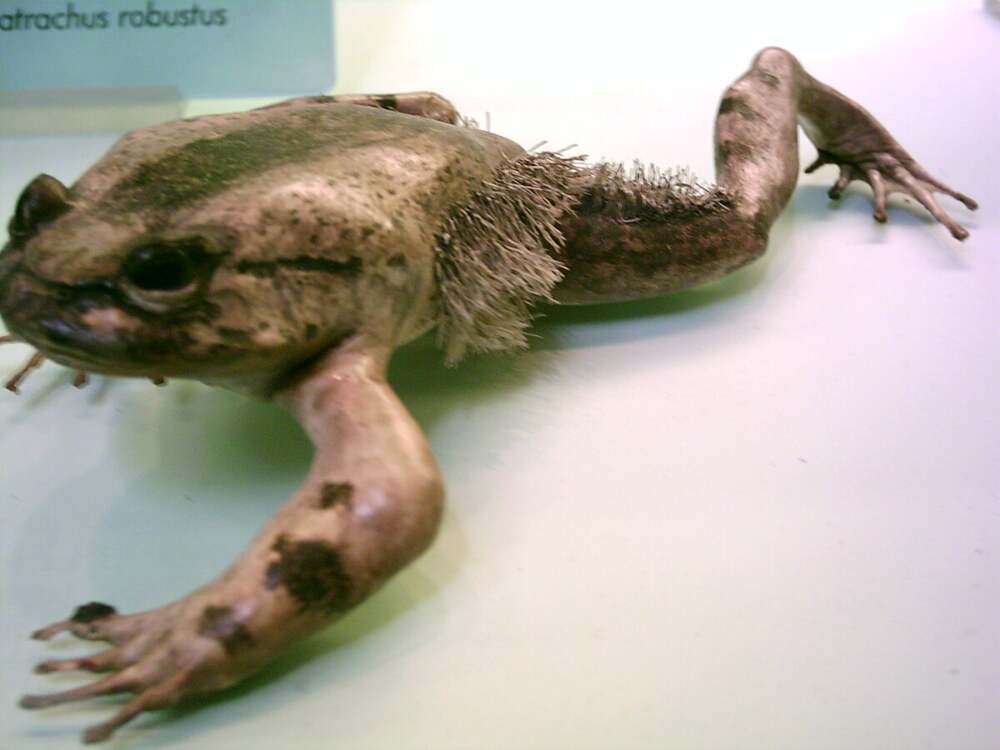
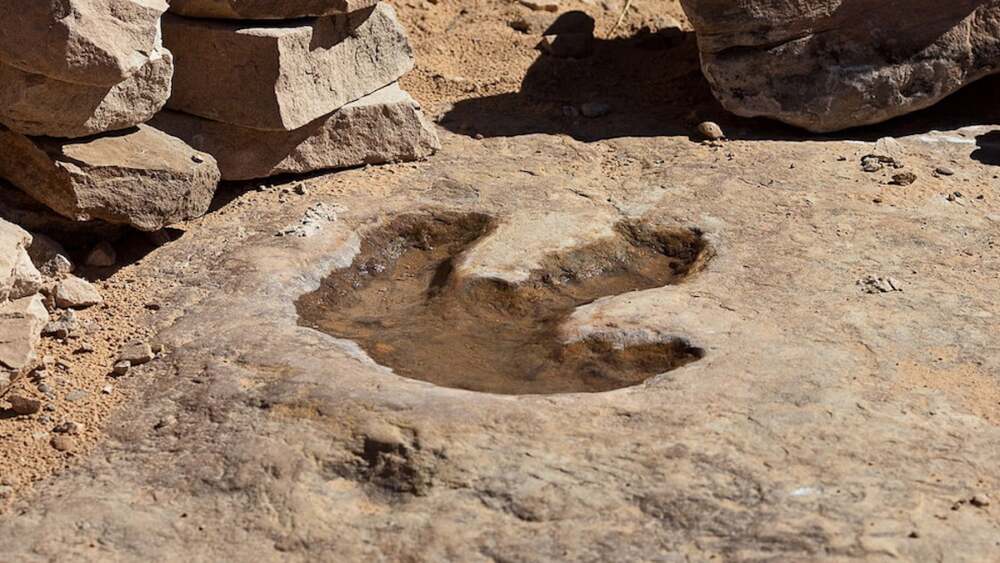

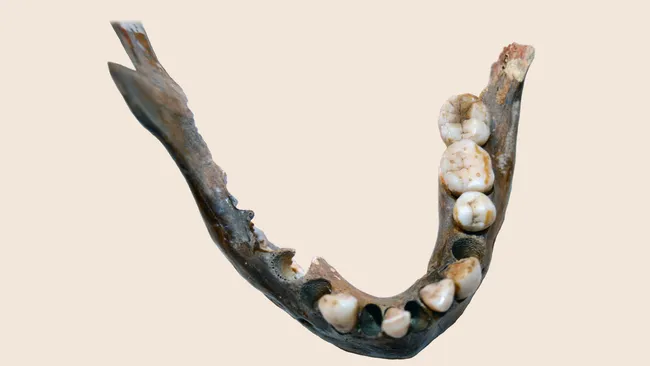

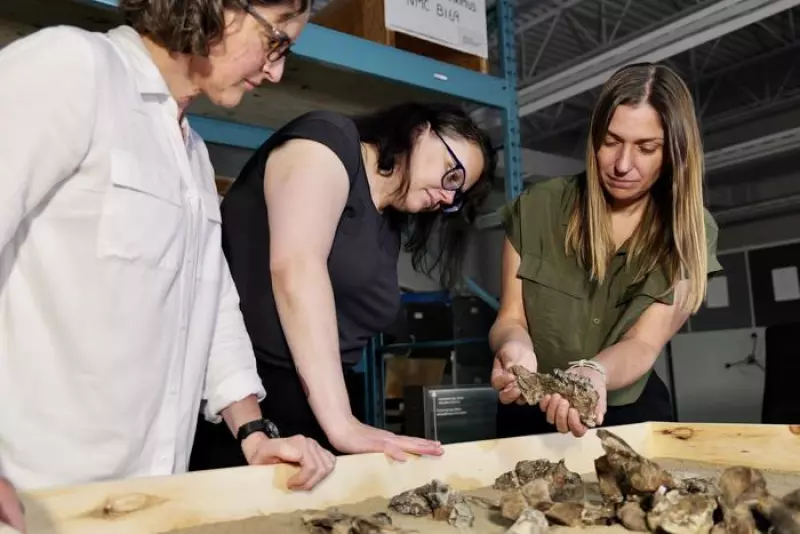



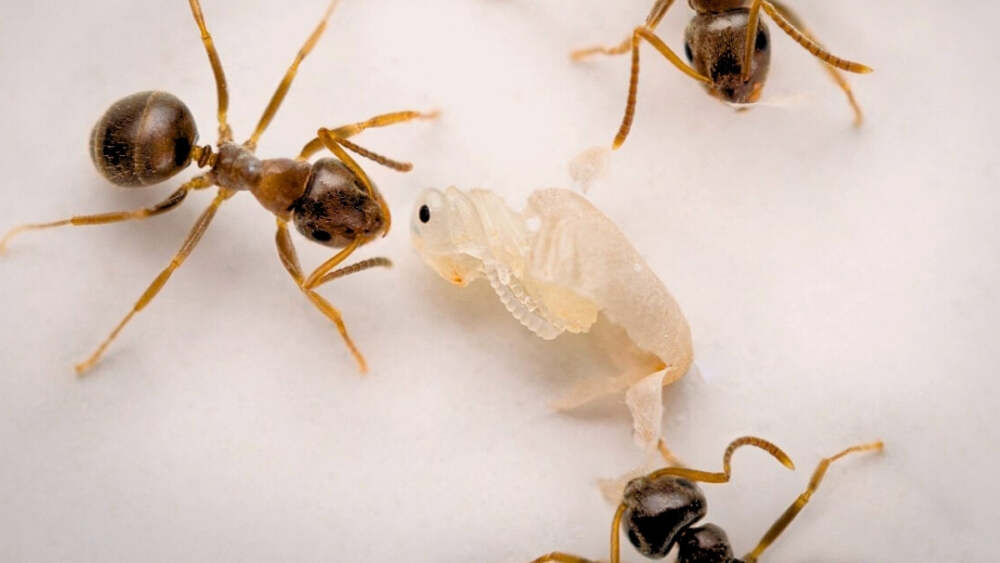


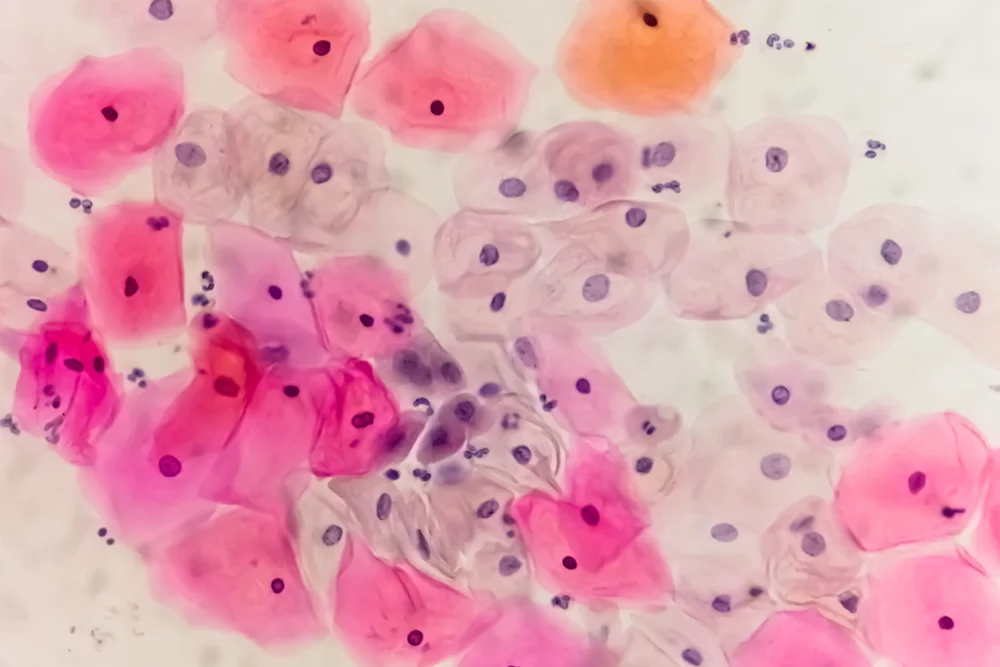


Leave a Reply